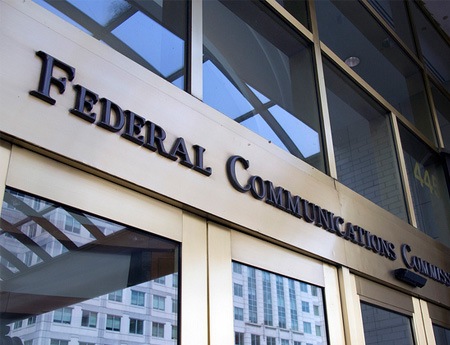FCC Sets Incentive Auction Opening Bid Prices

The FCC Friday released its final opening bid prices for TV stations eligible for the broadcast incentive auction that starts in March 2016.
The commission had provided estimated opening prices in a Greenhill II report back in February, but this is the real thing.
The top bid will be in New York—$900 million for WCBS-TV.
The list also includes stations—listed as "not needed"—that the FCC will not need to offer to buy in order to clear enough spectrum in each market. For example, the FCC needs no stations in Grand Junction‐Montrose, Colo., or the Butte‐Bozeman, Mont., markets.
In other, top, markets there were multiple stations with hundreds-of-million-dollar price tags, though prices could vary widely depending on whether the station was a UHF or VHF, a low-power or a full power.
A senior FCC official said that all the prices were put out for public consumption because they could actually all be calculated from publicly available information.
Most of those bids will drop, but broadcasters at least now know the most they could possibly get for their spectrum. And not all will fall. The now-disbanded Expanding Opportunities for Broadcasters Coaltion ran numerous simulations and in every case, more than a handful of stations were "frozen" at their initial bid, meaning that opening price is the price the FCC would pay, according to former Executive Director Preston Padden.
Broadcasting & Cable Newsletter
The smarter way to stay on top of broadcasting and cable industry. Sign up below
The FCC released bids for the four options, giving up spectrum and getting out of the business, giving up spectrum and sharing, moving from a UHF to a VHF channel or from a high to low VHF.
Broadcasters will get the same money for giving up spectrum and sharing with another station as they will to give it up and get out of the business, though they will be sharing that money with the station they will be teaming up with. "There is a lot of money to be had by each individual broadcaster," said an FCC official briefing reporters.
There are actually four options: relinquishing spectrum and getting out of the business, relinquishing and sharing, moving from a UHF to a VHF channel, and from a high to a low VHF. Those who opt to move rather than give up spedctrum will not get as much money. For example, if it just wants to move, WCBS-TV "only" gets $675 million.
So, a station that would get $100 million to give up all its spectrum, would only get $67 million-$80 million for moving to a low VHF channel, and only $33 million-$50 million for moving to a high VHF channel.
“For potential Incentive Auction participants, today is a watershed moment," said FCC chairman Tom Wheeler. "For all practical purposes, we’ve fired the starting gun: the release of final opening bid prices – combined with the detailed application procedures and other data released yesterday – provides broadcasters with all of the information they need to decide whether to apply to participate in the auction. Stations that miss the December 18th deadline will not be able to participate in this historic auction. Commission staff stand ready to educate and assist applicants as they prepare.”
The National Assocaition of Broadcasters said it was reviewing the document and declined comment.
Combined with the release of the information in the auction applications procedures public notice Oct. 15, the FCC says broadcasters now have the information they need to decide whether and how to participate, which they have to do by Dec. 18.
To check out those new prices, click here.
Contributing editor John Eggerton has been an editor and/or writer on media regulation, legislation and policy for over four decades, including covering the FCC, FTC, Congress, the major media trade associations, and the federal courts. In addition to Multichannel News and Broadcasting + Cable, his work has appeared in Radio World, TV Technology, TV Fax, This Week in Consumer Electronics, Variety and the Encyclopedia Britannica.

